Scott #29 is an integral part of the United States postage stamp series, distinguished by its Type I design similar to Scott #12 but featuring a brown color and perforations. This stamp marks the culmination of the color variations and design evolution in the 1857 series.
Design & Print
The design of Scott #29 is characterized by its Type I format, notable for frame lines protruding on all four sides. This design is consistent with earlier stamps such as Scott #27, #28, and #28A, but Scott #29 is distinct in its brown shade. The plates used for the 1851 imperforate issue were also used for the 1857 perforated issue, with the last printing on these old plates being the brown shade of 1859. By May 1860, these plates had worn out, leading to the creation of new plates without protrusions at the top and bottom of the vignette frame, known as the Type II design. Scott #29, featuring an image of Thomas Jefferson, has a top label reading “U.S. Postage” and a bottom label reading “Five Cents.”
Postal Usage
Issued in 1856, Scott #29 was primarily used to cover the postal rate for a registered half-ounce letter abroad, set at 5 cents. This rate, commonly referred to as the “ship to shore” rate, was often paid in cash, and the use of stamps was not a strict requirement. The specific use of Scott #29 for the ship to shore rate to France highlights its role in addressing specialized postal needs of the era.
Identification
Identifying Scott #29 involves recognizing its brown color and the Type I design with protruding frame lines on all sides. The presence of perforations distinguishes it from the imperforate Scott #12. The brown color of Scott #29 sets it apart from the other stamps in its series, making it a unique and valuable stamp for collectors and philatelists.
Scott #29 represents a key phase in the evolution of U.S. stamp design and production. Its brown color and Type I design, coupled with its role in postal services, underscore its significance in American philatelic history. Understanding the design elements, postal applications, and identification features of Scott #29 offers a comprehensive perspective on its place in the rich narrative of American postal history and collection.



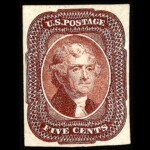

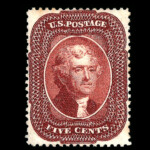
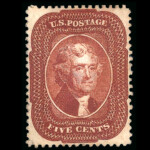
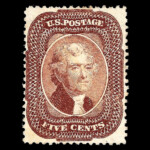
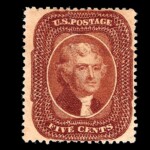
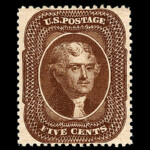
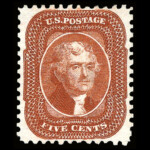
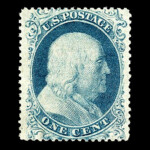
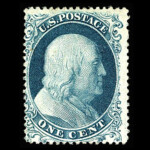
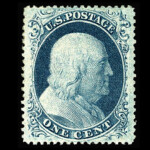
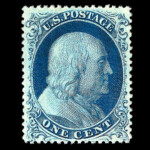
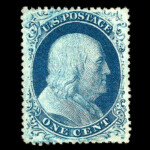
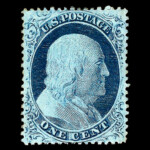
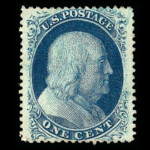
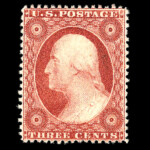
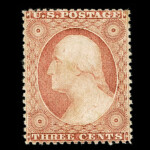
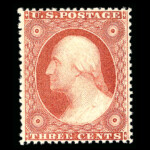
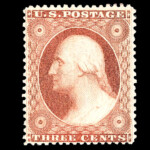
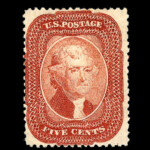
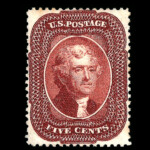
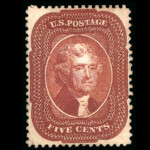
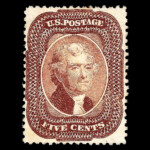
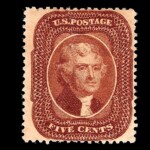
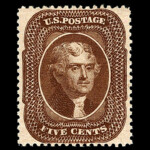
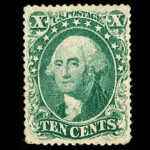
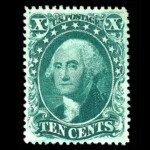
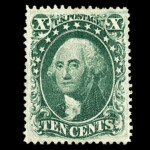
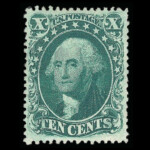
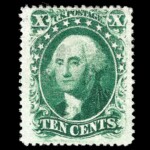
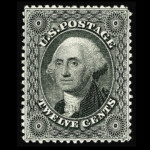
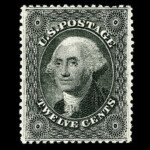

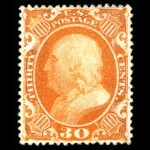
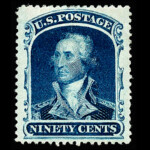









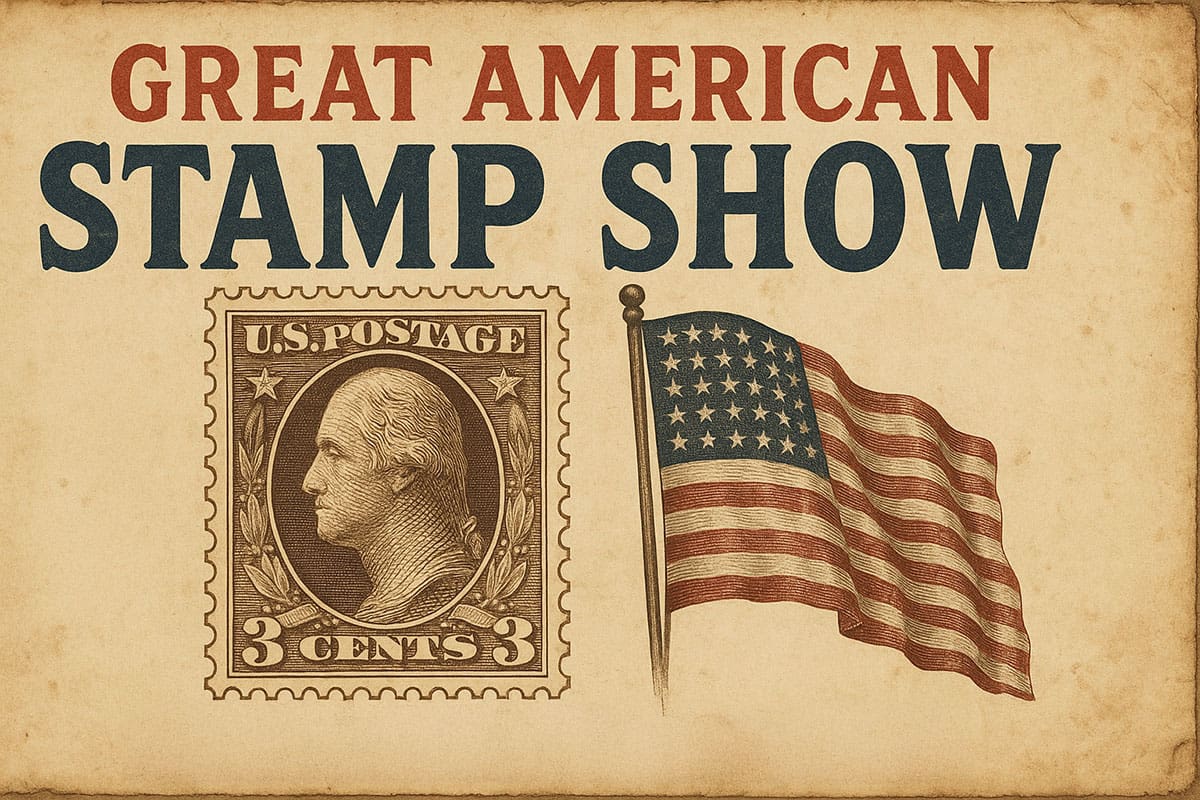


Ask A Question Or Leave A Comment